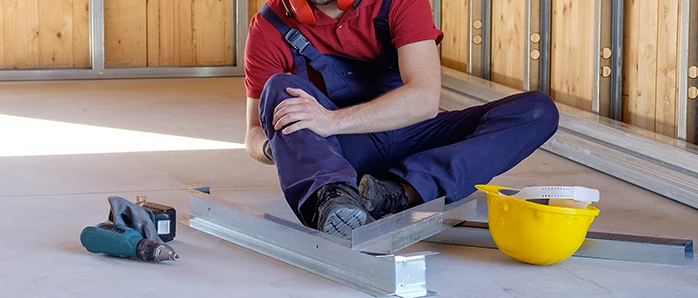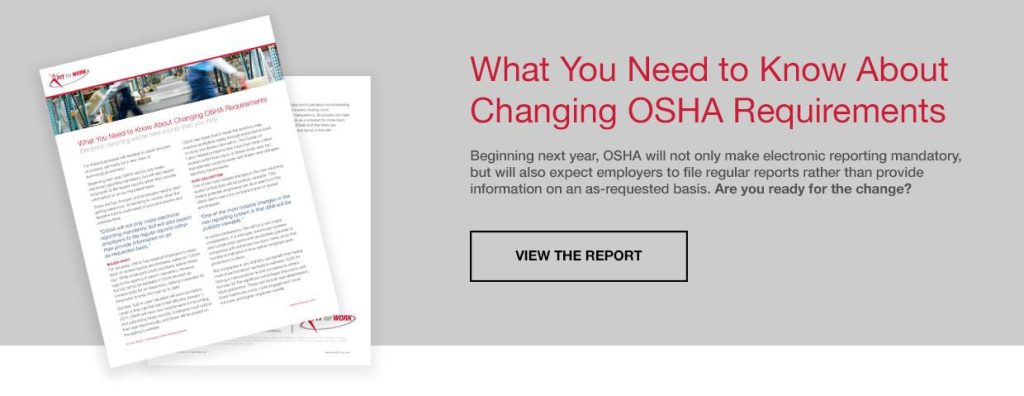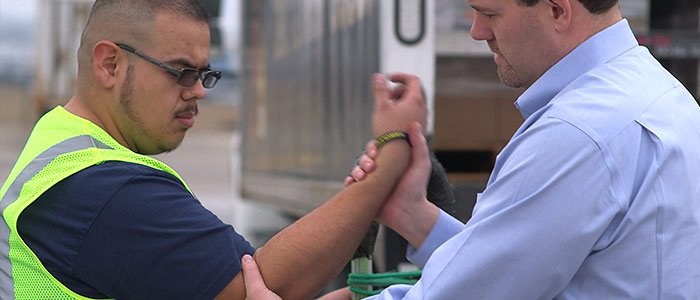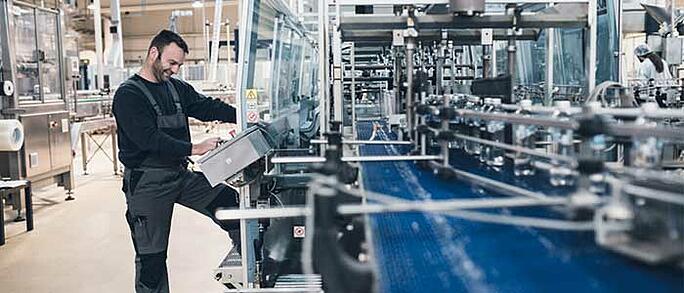As a Safety or Risk Manager, have you ever wondered how two separate workers who seemingly have the same injury end up with drastically different outcomes? One is willing to work through it while the other has a surgery and ends up on disability. How is that possible? A large part of that can be explained once you understand how pain works. Simply put, pain is the brain’s response to a threat . And the context of the pain experience matters when the brain determines how significant the threat is. For instance, think of a time that you twisted your ankle. It hurts, right? Of course! Now, imagine if you rolled your ankle crossing a busy street, right in front of an oncoming bus. The brain will decide the greater threat is actually the bus, and decide not to produce pain and allow you to run out of the way (on a sprained ankle). The brain is protecting you and would rather you run on a sprained ankle than to be run over by a bus. This is an example of how the context of a greater threat (bus) changes the pain experience. So what happens when we apply this to our two workers with the same injury? One worker seems to understand that tissues heal and musculoskeletal injuries are common and expected—just like a common cold. Just because they are sore now doesn’t mean they are damaged or under threat. Likely, their past experiences with discomfort have helped them live that scenario successfully. The other worker however, perhaps has the perception that pain means tissues are damaged. They’ve heard words like “degenerative disc disease” or “torn” rotator cuff and are convinced that the pain confirms the visual they get when they hear those descriptive words. A friend with similar issues has since had surgery, is now on disability, and their attorney is involved. It’s a nasty situation that they’re fearful they will experience as well. You can see how in one case, the threat is low and little to no pain is needed to protect. But in the other, you can see how many other factors are involved, none of which have to do physically with the injury. Knowing this will allow you to work with both employees but in different capacities. As an industry leader, Fit For Work trains all of its Injury Prevention Specialists in Pain Science so you have a turnkey injury prevention solution that considers all the critical factors of prevention. We can no longer only be concerned about just how they lift. In order to have comprehensive and truly effective programs and prevent the harmful side effects of surgery, injections and opioids, we must collaborate together and consider the impact of pain perceptions and then deploy strategies that reframe people’s pain experiences. Contact Fit For Work for expert knowledge and support in training your employees on properly navigating pain perceptions while working efficiently. 
How Can the Same Injury Have Two Very Different Outcomes





